Sony X94K / X90K review: mainstream dream
The X90K or X94K is a mainstream stunner that's very good value indeed

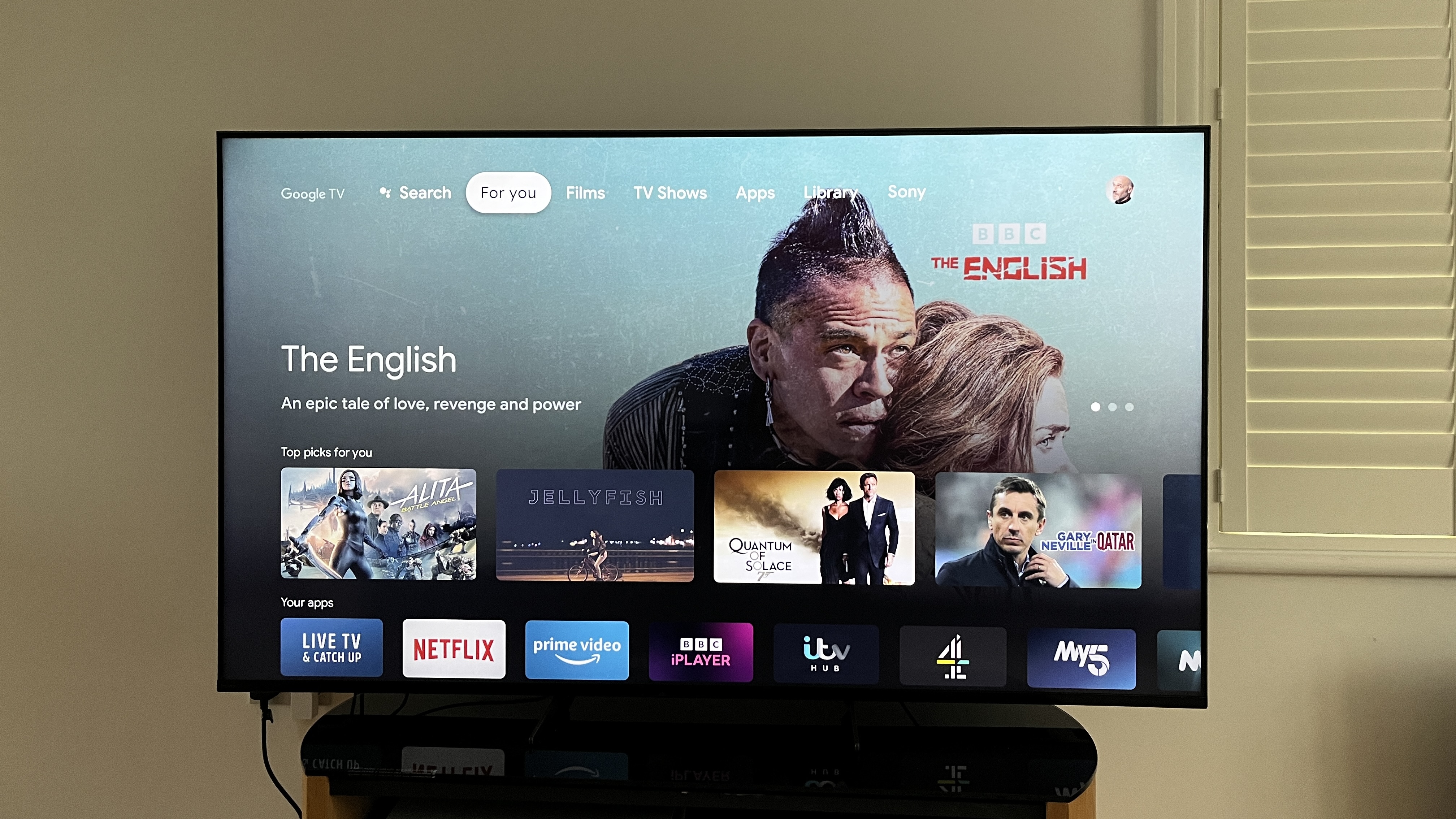

Despite having none of the current crop of headline-grabbing TV technologies, the Sony X94K (and X90K too, for that matter) is money very well spent. It’s great to watch (as long as you’re sitting right in front of it) and a pleasure to use.
-
+
High-contrast, vibrant, well-controlled images
-
+
Good user interface and smart TV implementation
-
+
Engrossing gaming experience
-
-
Not a great watch off-axis
-
-
Sound is nothing special
-
-
Some backlighting issues
Why you can trust T3

Like many of its rivals, Sony likes to make a significant song and dance about its range-topping, cutting-edge televisions. But, like many of its rivals, Sony knows the action (that’s to say ‘sales’) is in the more mainstream, more affordable parts of the market. Which is what the X94K (or the X90K, depending on where you’re shopping) is all about. Which isn't to say it's not a contender for our best TVs list, just closer to the best TVs under £1000 list.
With its price, screen-size and specification taken into account, the X94K (here reviewed in its 65-inch format) looks like it could be all things to all customers - certainly it’s possible to pay plenty more than this without making much of an on-paper upgrade. But then ‘on paper’ will only carry you so far…
Sony X94K: Price & Availability
The Sony XR-65X94K is on sale now, and in the United Kingdom it sells for £1299. The X94K is also available as a 55-inch (£899), 75-inch (£1699) and 85-inch (£2699) models.
Aside from a few minor differences (which we’ll deal with below), the X94K is an identical model to Sony’s X90K - so we’re quoting American and Australian prices for the X90K range instead. The XR-65X90K costs $1499 in the United States, with the 55-inch going for $1299, the 75-inch for $1899 and the 85-inch model costing $2799. Customers in Australia will have to part with AUD$2495 for the XR-6590K, while the 55-inch model is AUD$1995, the 75-inch version costs AUD$3995 and the 85-inch AUD$5495.
No matter where you’re shopping, that’s a lot of big-brand 4K TV for the money. Or, at least, it will be if the XR-65X94K’s performance is up to snuff…
Sony X94K review: Features & What's New?
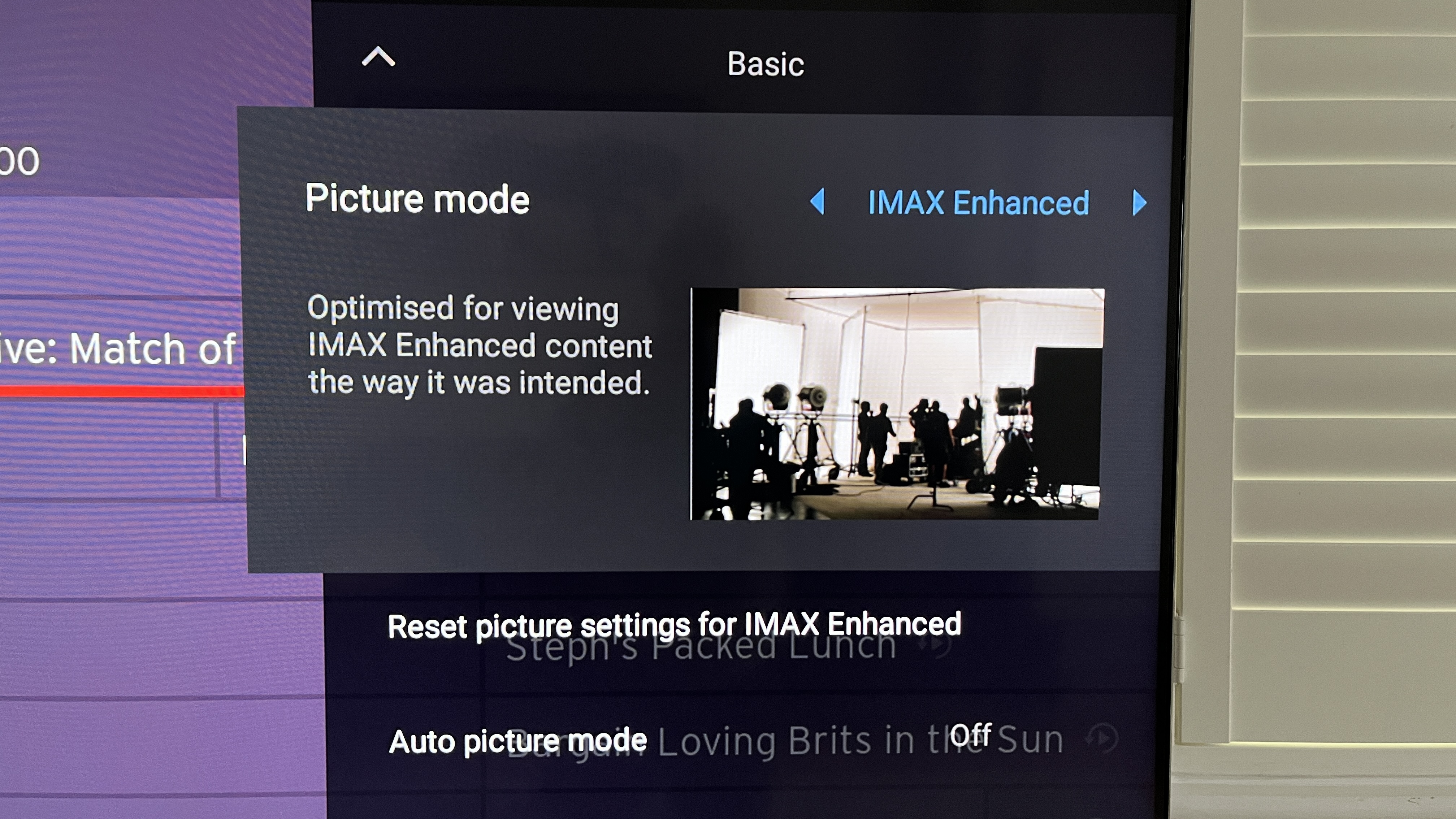
It’s probably easiest to start with the differences between the X94K and the X90K equivalent - there aren’t many, and then we’ll be free to talk about everything they have in common.
The X94K, which in the UK is sold exclusively through branches of Currys and Sony Centre (as well as at sony.co.uk), has a mic built into the frame of the TV itself as well as featuring a mic button on the remote control. The remote control (or one of them, at least), is metal rather than plastic. And the A94K comes with a 24-month, 10-credit membership of Sony’s Bravia Core streaming service rather than the A90K’s 12-month, five-credit deal. In every other respect, the two models are identical.
Which means a 4K resolution, full-array LED backlight, and picture performance that’s the responsibility of Sony’s Cognitive Processor XR and its associated technologies. It means compatibility with Dolby Vision HDR and an extensive selection of picture presets, including IMAX Enhanced, Dolby Vision's Bright and Dark, and Netflix Calibrated. It means a Google TV smart interface and a four-driver, 30-watt audio system that can handle Dolby Atmos soundtracks too.
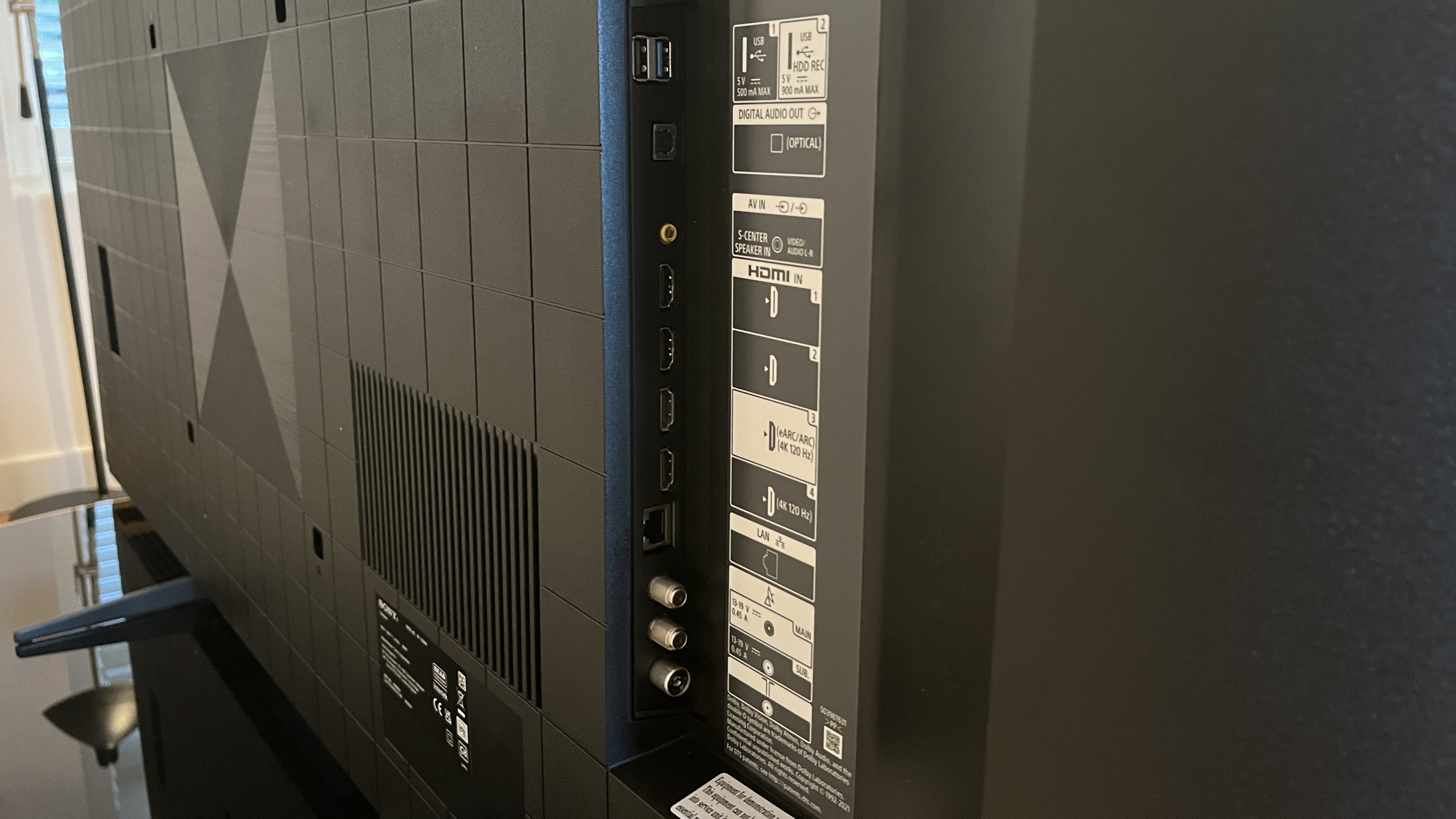
Physical connectivity runs to four HDMI inputs (two of which are at full-on HDMI 2.1 standard, and one of which is eARC-enabled), three aerial posts for the pair of integrated TV tuners, an Ethernet socket and a pair of USB slots. There’s a digital optical output, plus a hybrid 3.5mm socket that can either be used for composite video or deploying the screen as the centre channel in a surround-sound set-up. Wireless connectivity, meanwhile, consists of Bluetooth 4.2 and dual-band Wi-Fi. The X94K is compatible with Apple AirPlay and HomeKit, and has Chromecast Built In too.
It’s not a bad list of features at all for what is a relatively inexpensive TV by Sony’s standards. About the only feature the X94K supports that will be a cost option for the owner is Bravia Cam - the TV is compliant but is not supplied with the necessary camera.
Sony X94K review: Performance
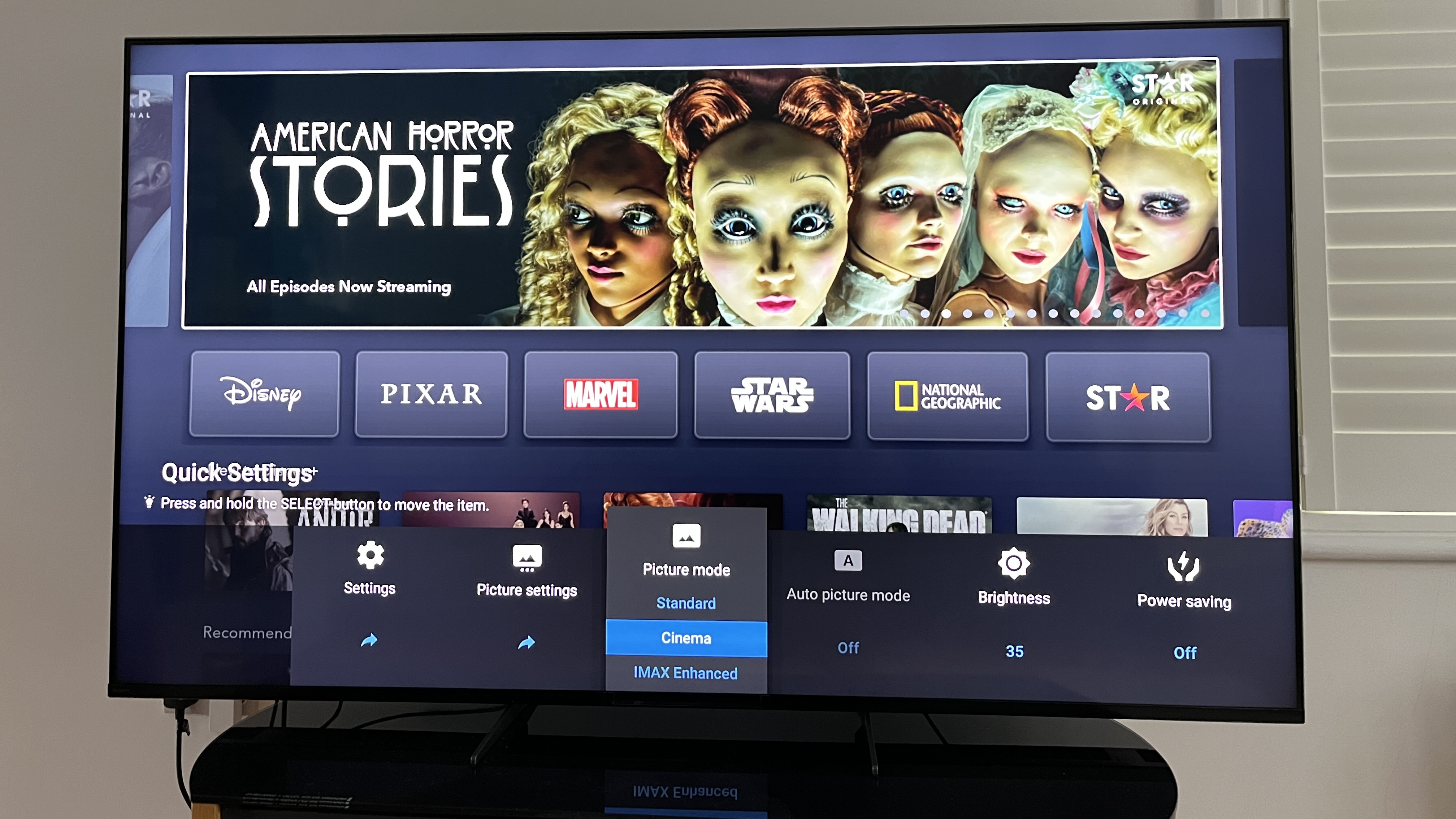
It’s possible to be a less-than-perfect TV while offering excellent value for money - and that’s the sort of television the X94K is. There are some shortcomings in its picture performance that have to be accommodated - but they’re easily outnumbered by the things the Sony gets right.
Black tones, white levels and the contrasts that result seem as good a place as any to start. The X94K generates decently deep and nicely uniform black tones by the standards of backlit LED TVs, and thanks to quite bright, clean and detailed white tones it is capable of quite wide contrasts too. The blooming that occurs around bright objects on a dark background is fairly mild, but undeniable all the same - and the Sony’s blacks turn quite readily to greys if you’re sitting more than slightly off-axis.
In between these extremes, the Sony is a vibrantly coloured watch, but with enough subtlety and nuance to keep colours convincing and naturalistic. It’s possible to overdrive things quite radically in the set-up menus, of course, but almost all the X94K’s picture presets keep the colour palette the right side of ‘vivid’.
As with black and white tones, there’s a lot of detail of tone and temperature revealed - so even when the screen is occupied by just a few different colours, the variation within them is always apparent. Televised sport, for example, benefits from these powers of insight - some TVs will describe a pitch or field as a big block of uniformity, but the Sony is able to bring some light and shade into the equation too.
It’s particularly adept where skin-tones and textures are concerned, with great fine-detail retrieval, a stack of textural information and the wide-ranging nature of the colour palette making the differences in shade and complexion from one person to the next completely obvious.
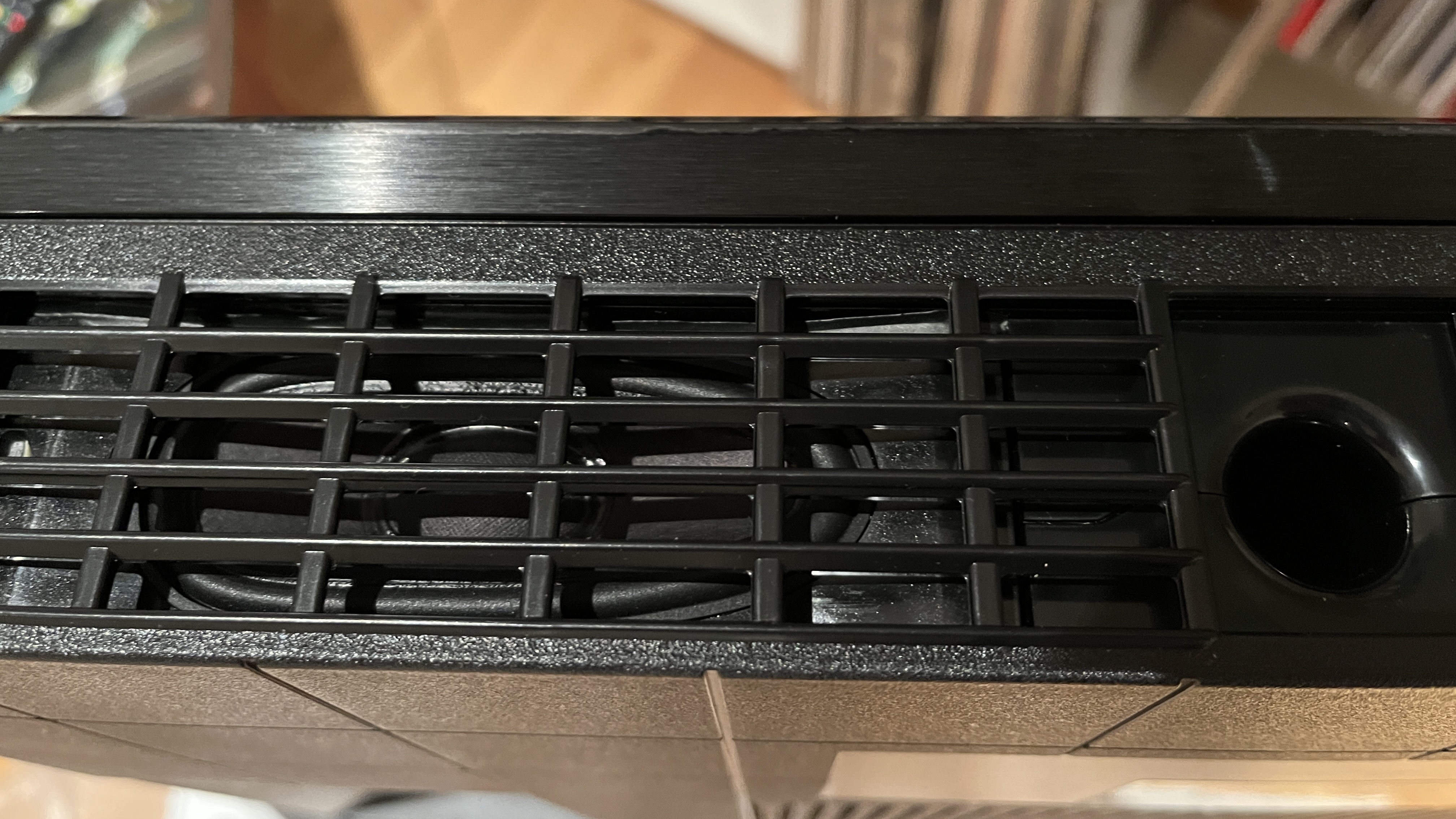
In all but the most trying circumstances, the X94K draws edges with assurance and handles motion equally confidently. It’s possible to nudge the Sony to the edge of its comfort zone with some properly slow panning shots, extensive depth of field or similarly testing content, but even then the X94K is tenacious. Even when displaying televised football, when on-screen motion can be strongly at odds with the direction of camera-movement, and where motion of various speeds is contained in a single shot, the Sony resists smearing or obvious frame-filling gallantly.
Switch to some Playstation 5 content and, while ‘Game’ mode can coarsen the Sony’s previously smooth edge-definition just a little, the Sony remains colourful, high-contrast and packed with detail. The X94K accommodates all of the PS5’s clever features, and input lag of less than 9ms means its responses are razor-sharp too.
Lower-resolution content is handled with assurance - and unless you’re determined to watch a lot of 4:3 1980s content, the Sony’s a confident upscaler. Detail levels drop away, of course, and edge-definition becomes less positive, but the X94K’s never less than watchable.
Sound, it’s safe to say, is a success of the rather more qualified type. No one’s expecting miracles from an unassisted flatscreen TV, of course, even if it is (like the X90K) packing 30 watts of power and four drivers. To be fair, the Sony isn’t as flat or unyielding in the way it sounds as many price-comparable competitors, but it’s equally fair to say it sounds undemonstrative and undynamic no matter the on-screen circumstances. Sony seems pleased with its ‘XR Surround’ audio feature that attempts to force an impression of 3D audio from the TV’s driver array, but in practice it results in a larger, vaguer and no more satisfactory presentation - different, rather than in any way better. Budget for one of the best soundbars then, eh?
Sony X94K review: Design & Usability
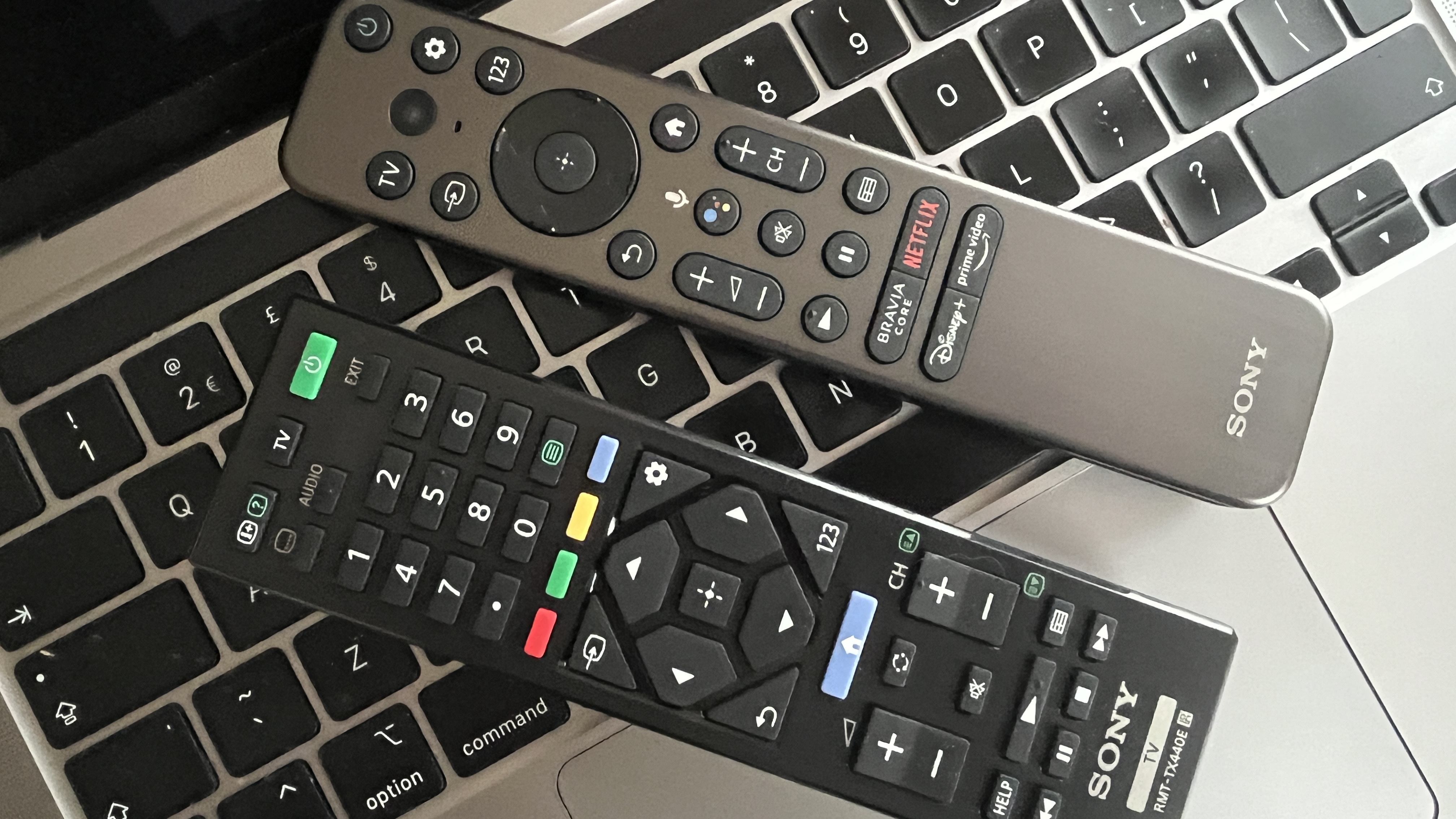
Aside from the ability to position its slender feet towards the edge or closer to the centre of the frame, there’s nothing unremarkable in the design of the XR-65X94K - which is only sensible, and undoubtedly how the vast majority of customers will want it.
As is par for the Sony course, build quality is beyond criticism and the standard of finish - even if some of the plastics used in the construction of this screen don’t look or feel anything special - is impressive too. Dimensions of 834 x 1452 x 72mm (HxWxD) mean the X94K isn’t the most compelling wall-mounting option around - but the ability to deploy its feet in one of three positions (‘standard’ or ‘soundbar’, with the feet 1174mm apart, or ‘narrow’, when they’re just 331mm apart) means it’s easy enough to position the Sony securely on a surface.
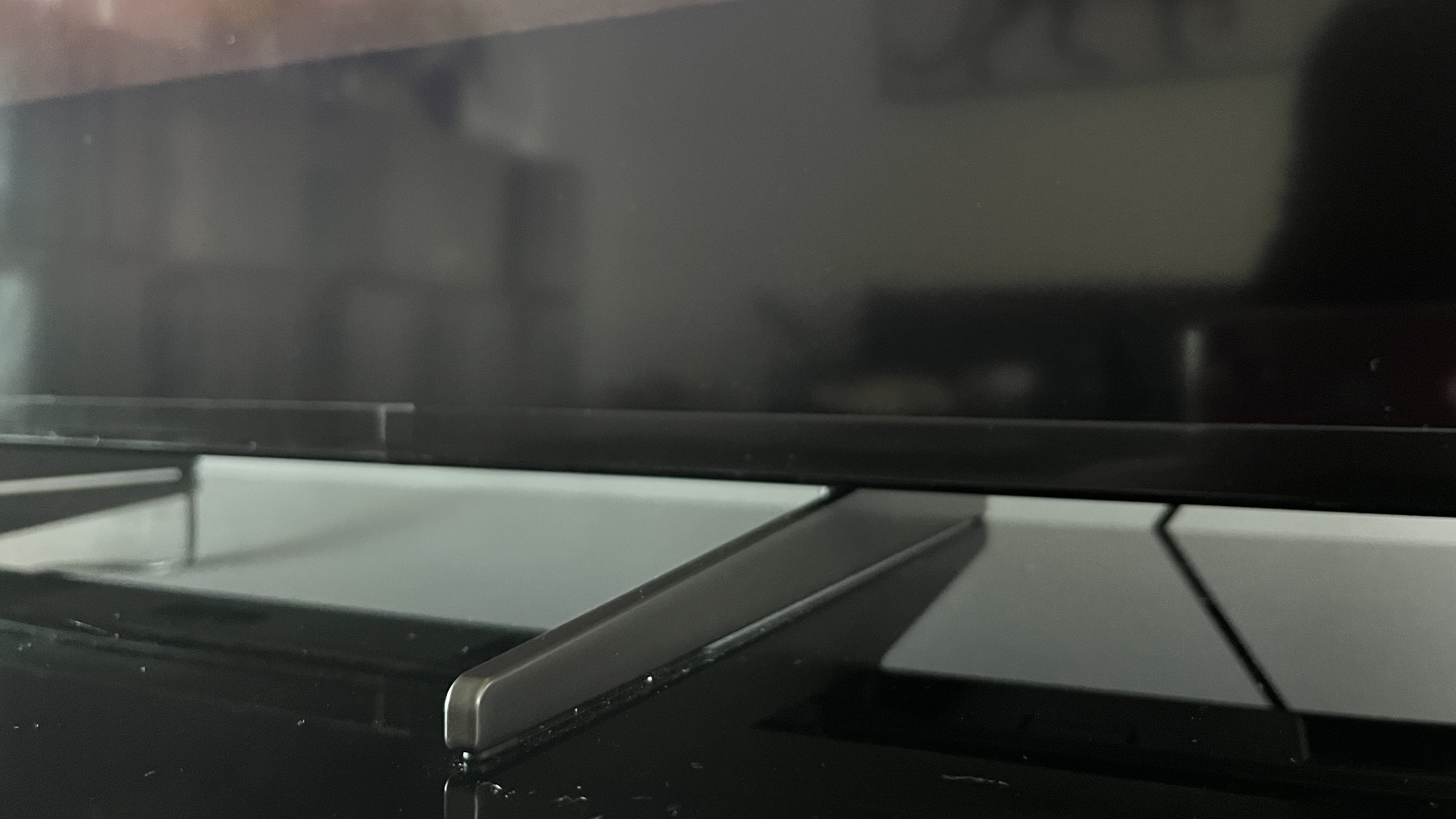
It’s a similarly predictable story where usability is concerned - Sony knows exactly what it’s doing where ergonomics and user interfaces are concerned, after all. Set-up menus are clear, reasonably concise, and are just as suitable for users who want a deep-ish dive into picture performance as for those who would rather just turn the TV on and get watching it.
The smart interface is courtesy of Google TV, and while it’s just as assertive here as in any other application, it’s at least logical to navigate and quite alert when it comes to making recommendations. Every worthwhile streaming service and catch-up TV app is represented (as well as quite a few less worthy alternatives), and each is the best version of itself.
Sony provides two little remote controls. As mentioned previously, the X90K gets a full-function handset (which means ‘too many buttons, all too small’) and a stripped-back, major-functions-only alternative - they’re both plastic-bodied. Consumers who hunt down the X94K variation can enjoy the tactile luxury of a metal version of the more pared-back handset, which might or might not be a significant point of difference. If using a remote control seems a bit retrograde, though, the Sony is compatible with both Google Assistant and Amazon Alexa voice control.
Sony X94K review: Verdict
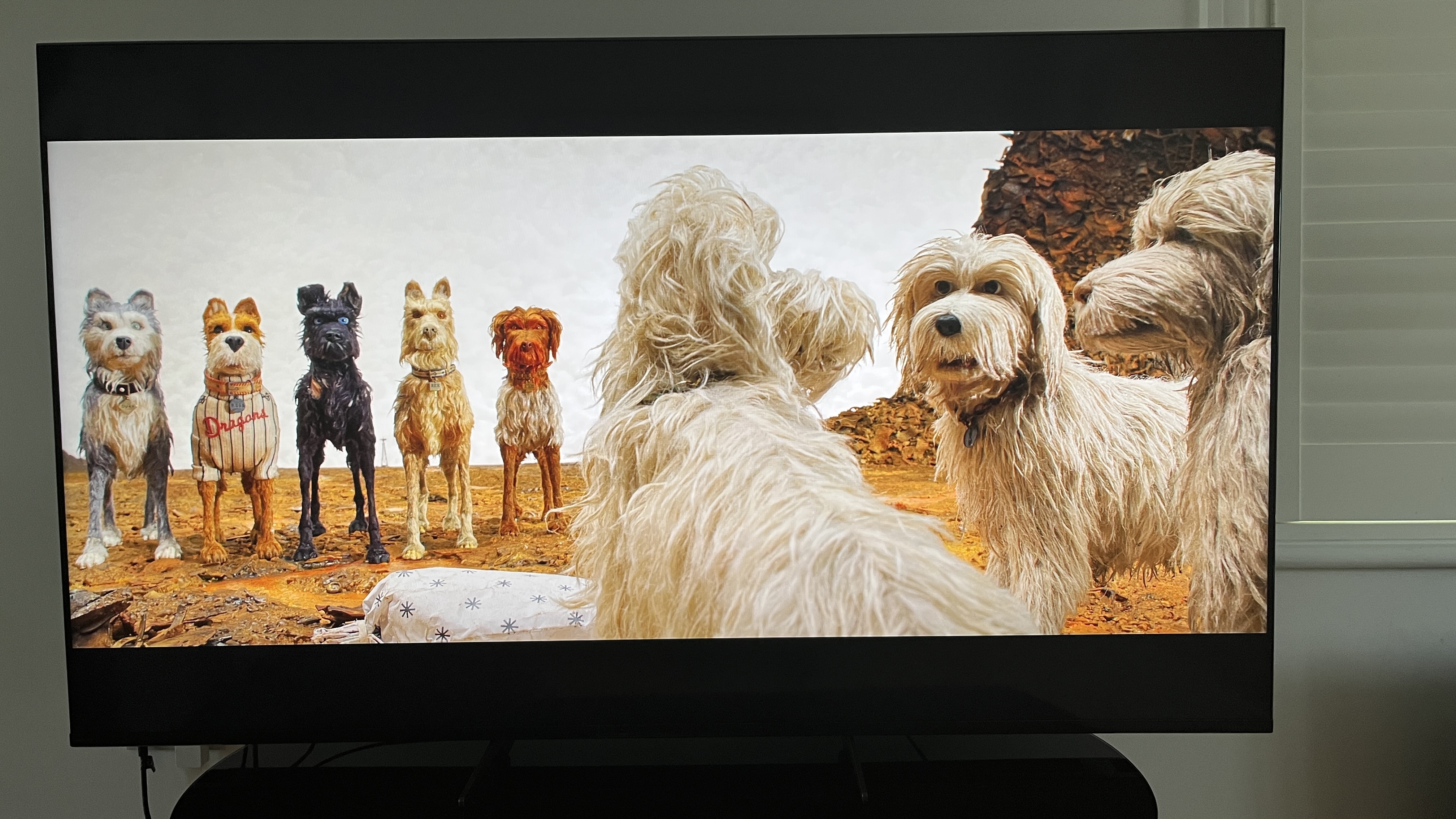
Be in no doubt: the Sony X94K represents excellent value for money. It’s never less than thoroughly watchable from any source, it’s got a fine user interface and is properly made by a company that knows exactly what’s what.
No, it doesn’t sound great, and no, it doesn’t look particularly good if you’re viewing off-axis. But even the relative poverty of its sound can be safely explained away.
If you’re after a big, accomplished TV without breaking the bank, the Sony X94K (or X90K if that's where you're based) demands careful consideration.
Also consider
Compared to the Sony, the Samsung QN85A has definite pros and cons. On the plus side, its Mini-LED configuration means more accomplished backlighting focus and control, and it’s an altogether slimmer and more wall-hangable device too. But it sounds, in its own way, just as impoverished as the Sony, and Samsung’s ongoing lack of support for Dolby Vision HDR continues to rankle too.
Sign up to the T3 newsletter for smarter living straight to your inbox
Get all the latest news, reviews, deals and buying guides on gorgeous tech, home and active products from the T3 experts
Simon Lucas is a freelance technology journalist and consultant, with particular emphasis on the audio/video aspects of home entertainment. Before embracing the carefree life of the freelancer, he was editor of What Hi-Fi? magazine and website – since then, he's written for titles such as Wired, Metro, the Guardian and Stuff, among many others. Should he find himself with a spare moment, Simon likes nothing more than publishing and then quickly deleting tweets about the state of the nation (in general), the state of Aston Villa (in particular) and the state of his partner's cat.
-
 Ninja’s new indoor grill can cook 10 burgers at a time – but you might not get it
Ninja’s new indoor grill can cook 10 burgers at a time – but you might not get itNinja supersizes its Sizzle Pro indoor grill
By Bethan Girdler-Maslen Published
-
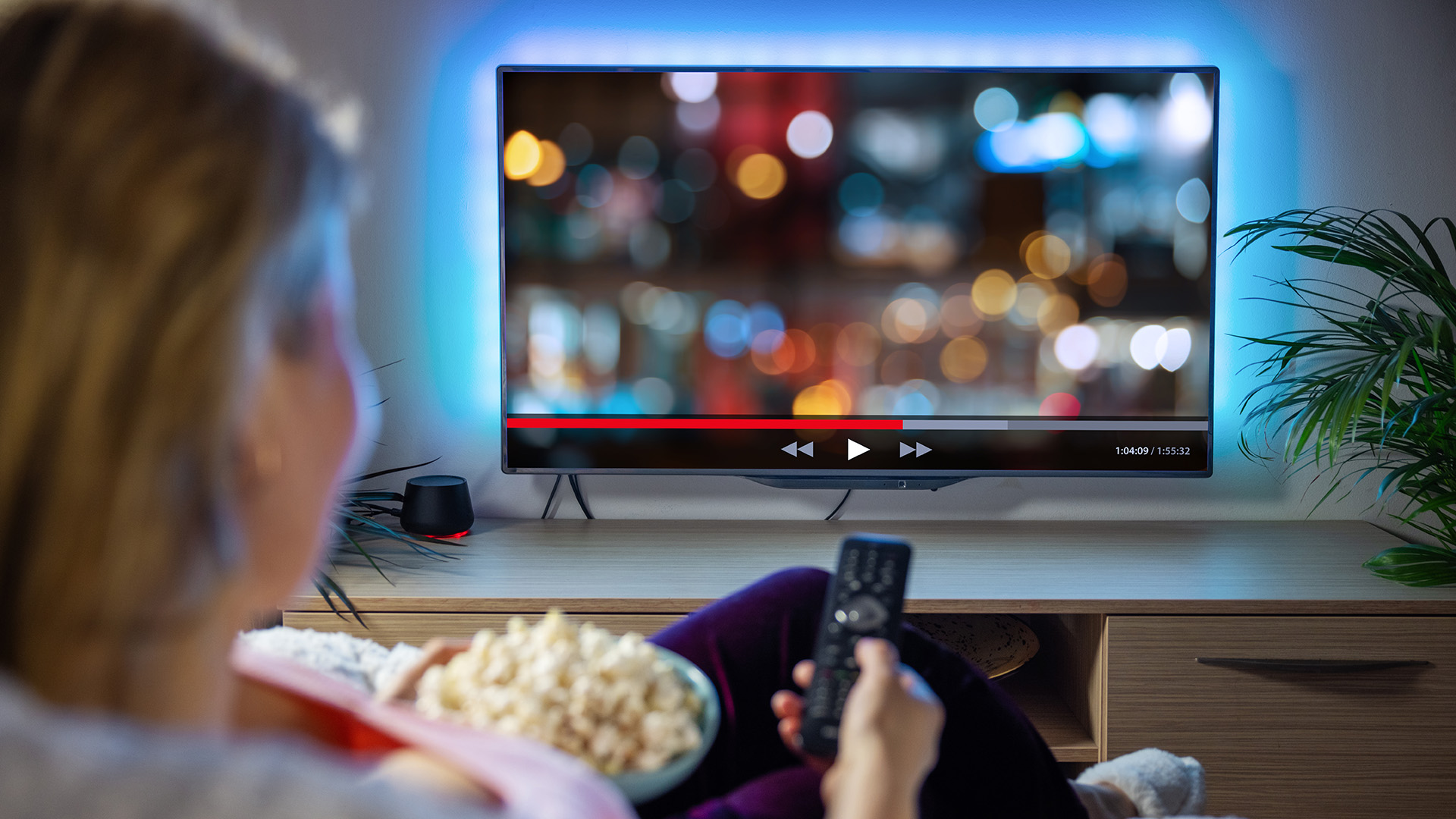 What new TV Licence rules mean for Netflix and Prime Video subscribers
What new TV Licence rules mean for Netflix and Prime Video subscribersHint: nothing yet, but that may change soon
By Britta O'Boyle Published
-
 The North Face and UNDERCOVER are back to zen-slam the trails with SOUKUU Season 4
The North Face and UNDERCOVER are back to zen-slam the trails with SOUKUU Season 4Meditative mountain gear? You better believe it – SOUKUU SS25 is part trailwear, part philosophy, and all fire.
By Matt Kollat Published